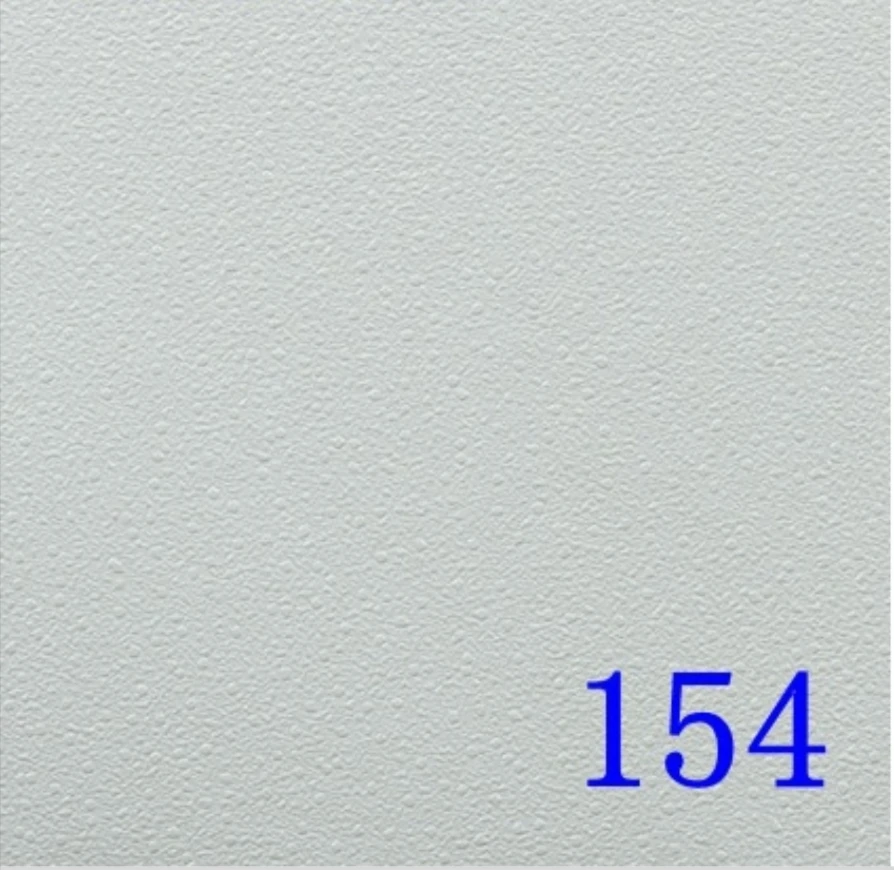Dec . 05, 2024 07:06 Back to list
Exploring Main Tee Ceiling Grid Design for Modern Interiors
Understanding Main Tee Ceiling Grids A Comprehensive Overview
When it comes to suspended ceiling systems, the main tee ceiling grid plays a crucial role in both structural integrity and aesthetic appeal. Understanding the components, installation procedures, and benefits of main tee ceiling grids can help homeowners, builders, and architects make informed decisions in their projects.
What is a Main Tee Ceiling Grid?
A main tee ceiling grid is a framework that supports ceiling tiles and panels in a dropped ceiling system, commonly known as a suspended ceiling. The main tee components run perpendicular to the ceiling joists and are typically spaced at intervals of 4 feet apart. These tees create a grid that not only supports the ceiling tiles but also enhances the overall look of a room.
The grid system consists of primary framing elements, namely the main tees and cross tees. The main tees are the long, horizontal beams, while cross tees connect to them at right angles to form a grid pattern. This design allows for easy installation of ceiling tiles, which can be made from various materials, including mineral fiber, metal, and vinyl.
Benefits of Using Main Tee Ceiling Grids
1. Versatile Design Options Main tee ceiling grids allow for a wide variety of design possibilities. With numerous tile options available, you can customize the ceiling to match the aesthetic of your space. Whether you’re aiming for a modern, sleek look or a classic, textured style, there are ceiling tiles to suit every taste.
2. Acoustic Performance Many ceiling tiles designed for use with main tee grids are engineered to provide sound absorption. This is particularly beneficial in commercial establishments where noise reduction is essential for maintaining a conducive environment. The grid system effectively minimizes sound transfer between spaces, creating a quieter atmosphere.
main tee ceiling grid

3. Concealing Mechanical Systems One of the biggest advantages of suspended ceilings with main tee grids is the ability to hide electrical wiring, plumbing, and HVAC ducts. This not only improves the aesthetics of a room but also allows easier access for maintenance or repairs.
4. Ease of Installation Main tee ceiling grids are relatively straightforward to install, making them a popular choice among DIY enthusiasts and professional contractors alike. The modular nature of the system means that panel replacement or upgrades can be performed without disrupting the entire ceiling.
5. Improved Energy Efficiency Various ceiling tiles can increase insulation, contributing to better energy efficiency in a building. This means that during winter months, less heat escapes, and during summer months, the cool air remains contained, reducing energy costs.
Installation Process
Installing a main tee ceiling grid involves several steps. First, the position and level of the ceiling must be accurately determined. Next, the main tees are secured to the mounting hardware or directly to the ceiling joists. Once the main tees are in place, cross tees are inserted to create the grid layout. Lastly, the ceiling tiles are placed into the grid, completing the installation.
Proper alignment and spacing during installation are crucial to ensure that the tiles fit snugly and provide a clean, uniform appearance. Utilizing the right tools and materials will streamline the process and yield better results.
Conclusion
In conclusion, main tee ceiling grids are an essential component of suspended ceiling systems, providing both functional and aesthetic benefits. Their versatility in design, acoustic performance, ease of installation, and ability to conceal mechanical systems make them an excellent choice for various applications, from residential projects to commercial spaces. Understanding how to effectively install and utilize these grids can enhance the quality and appearance of interior spaces, making them a valuable asset in any building design. Whether you’re renovating an existing space or planning new construction, considering a main tee ceiling grid can elevate your ceiling design to new heights.
-
Quality Ceiling Trap Doors & Access Panels | Easy & Secure AccessNewsAug.30,2025
-
Durable Ceiling T Grid Systems | Easy InstallationNewsAug.29,2025
-
PVC Gypsum Ceiling: Durable, Laminated Tiles for Modern SpacesNewsAug.28,2025
-
Pvc Gypsum Ceiling Is DurableNewsAug.21,2025
-
Mineral Fiber Board Is DurableNewsAug.21,2025
-
Ceiling Tile Clip Reusable DesignNewsAug.21,2025







